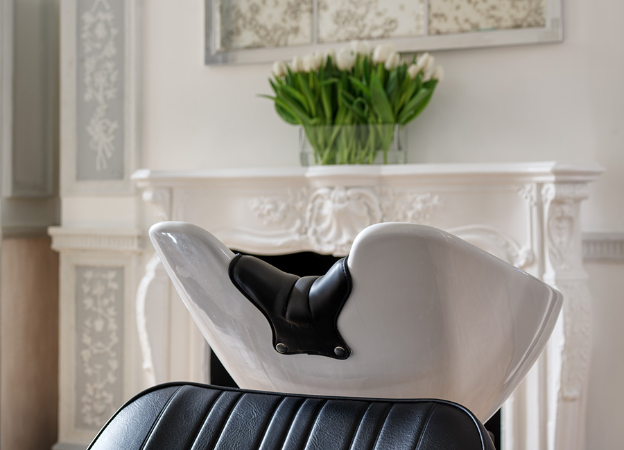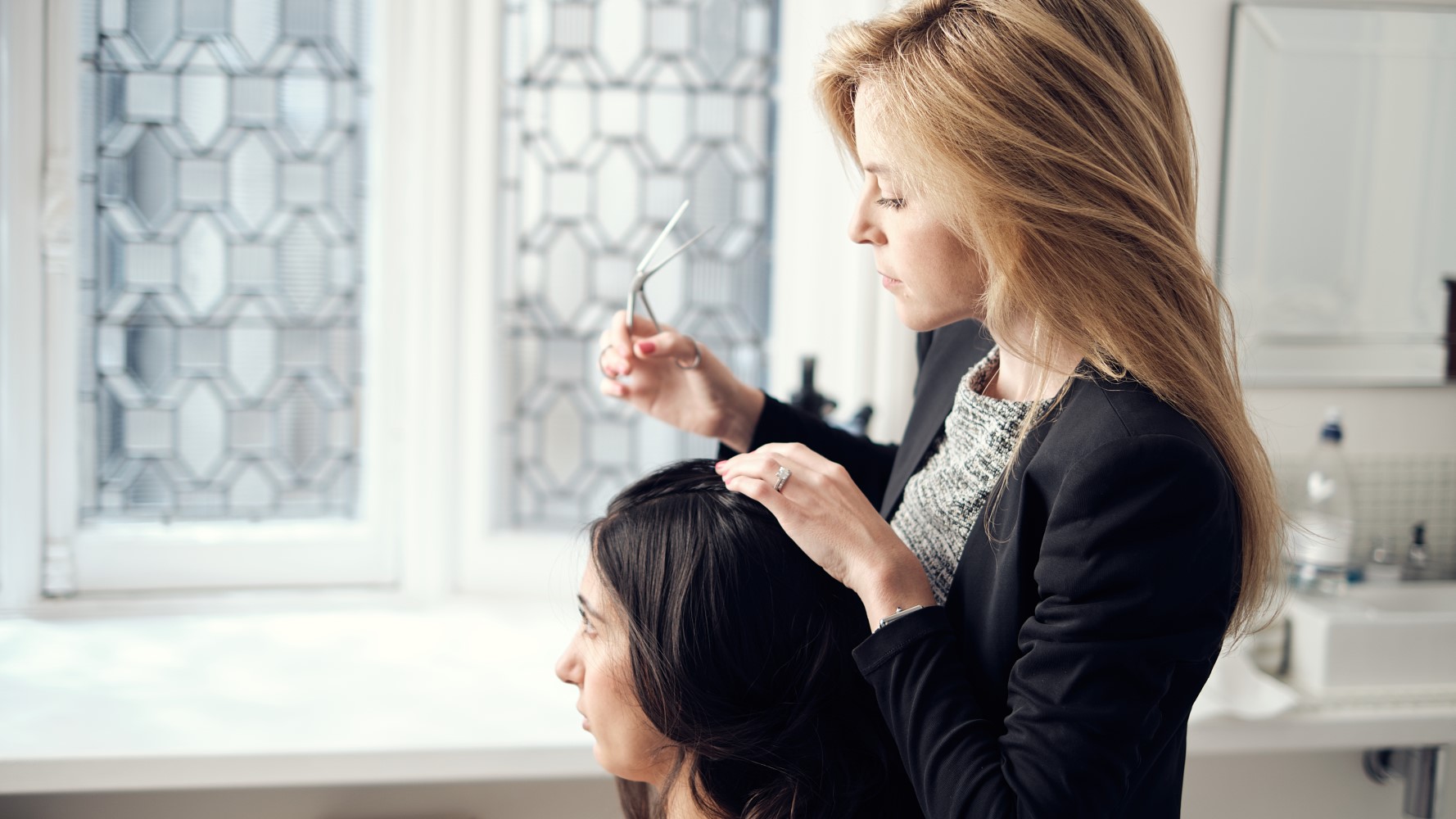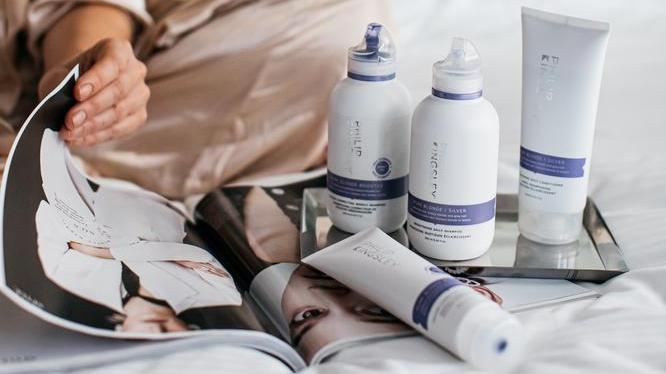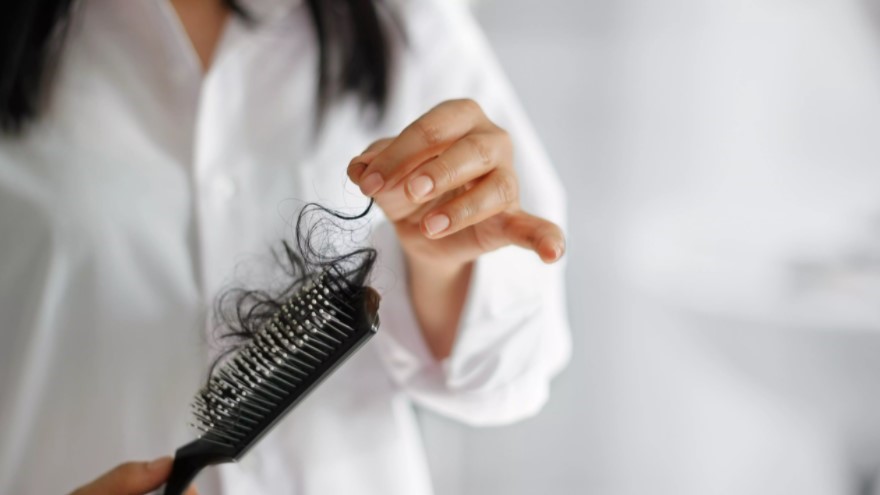Trichological Hair Loss Service
Complete our online assessment today and speak to one of our expert Trichologists, getting right to the root cause of hair loss and supporting you every step along your journey.
Myth: Wearing a hat causes hair loss
False! Many people worry that hats cut off circulation or nutrients to hair follicles, leading to hair loss. However, there is no scientific evidence to support this.
Myth: Baldness is always inherited from your mother’s side
False! Hereditary hair loss can come from either parent. Male and female pattern hair loss are both genetic, and even if your parents don’t show signs of hair loss, you may still inherit the gene and vice versa. You can read more about hair loss here.
Myth: A hair falling out with a white bulb attached means it won’t grow back
False! The small white lump at the root is simply part of the hair follicle lining, similar to skin. It doesn’t mean the follicle is dead and hair can continue to grow normally.
Myth: Women have more hair than men
False! Men actually tend to have slightly more hairs per square centimetre (about 312 compared to women’s 279) although women’s hair tends to be thicker. So while women often wear longer hair, men’s scalps are typically more densely populated.
Myth: Only men suffer hair loss
False! Women also experience hair loss. While men commonly experience male pattern baldness, women can develop female pattern hair loss or increased daily shedding - sometimes to a greater extent than men.
Myth: All hair loss is permanent
False! Hair loss can be temporary, semi-permanent or permanent. Here’s a little more about each one which may help:
Temporary: Increased shedding due to stress, illness, or hormonal changes
Semi-permanent: Male or female pattern hair loss, which may respond to treatment
Permanent: Hair follicle destruction
If you’re experiencing hair loss, consulting a Trichologist is the best way to determine your recovery potential and the quicker you do so, the more volume you are likely to retain. You can book an appointment at our Philip Kingsley Clinic here.
Myth: Shampooing your hair too much can cause hair loss
False! Washing your hair frequently does not cause hair loss. Hair naturally sheds as part of the growth cycle and shampooing simply makes you notice hairs that are already in the shedding phase. Reducing shampooing can actually lead to a build-up of dead hair.
Myth: Cutting your hair frequently makes it grow faster
False! Hair grows at a predetermined rate of 1-1.5cm per month. Regular trims won’t accelerate growth but can improve the appearance of volume and health by removing split ends.
Myth: Natural Oils from the scalp can moisturise dry hair
False! Sebaceous glands produce oils that lubricate the hair only a limited distance down the shaft. As a result, greasy roots and dry ends are common. Choosing the right shampoo and conditioner is key to keeping your hair balanced and nourished. We can help you find these with our Hair Quiz.
Myth: You can repair split ends with the right products
False! While conditioners, masks and serums (like our Bond Builder Split End Remedy) can improve the appearance of split ends temporarily by smoothing and coating them, they cannot truly repair hair that has split. The only way to remove split ends permanently is by trimming them. You can read more about split ends here.
Myth: Colouring your hair will always damage it
False! Hair colouring does involve chemical processing, which can temporarily affect the cuticle and protein structure. However, with proper care (including pre-shampoo treatments like our Elasticizer, conditioners, and protective styling products) colour-treated hair can remain healthy, strong and vibrant. Colouring can also be combined with treatments that maintain moisture and prevent breakage.







